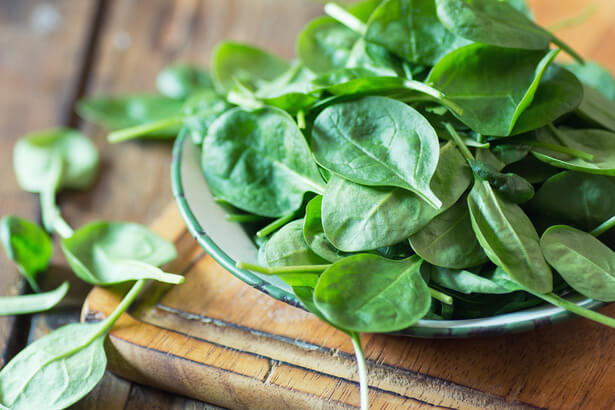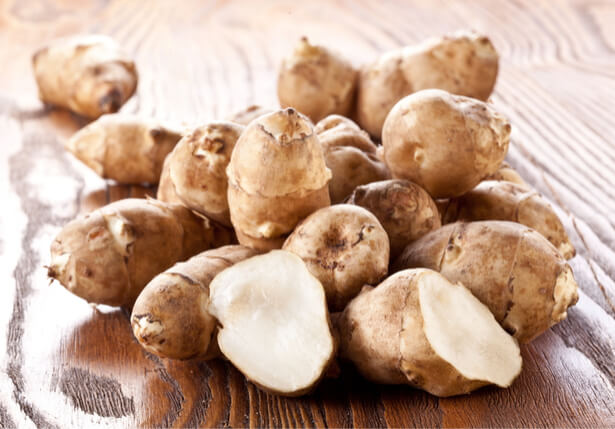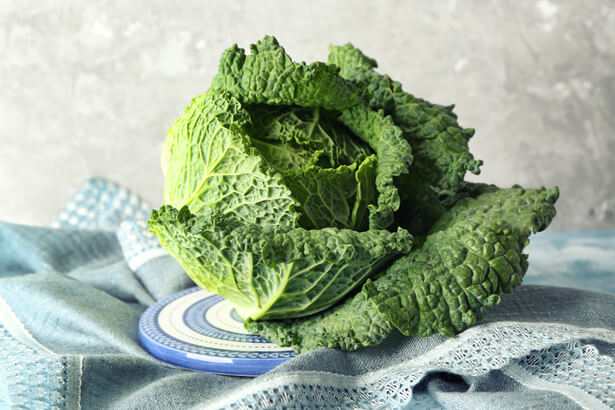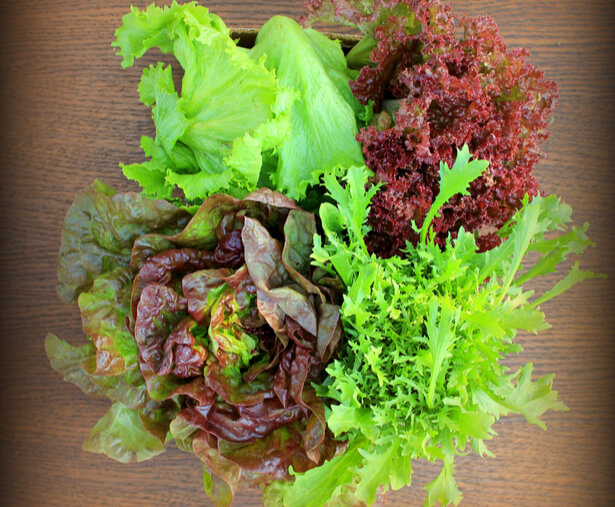January is both synonymous with back to school and renewal to start a brand new year full of good resolutions. The cold is setting in in a good part of our regions, at least in mainland France, and the vegetables will therefore be a little less varied. The opportunity, perhaps, to seek out and taste new flavors, in terms of varieties for example. Guide by region to what you will find this month in your AMAP basket, and advice on how to make the most of it and take advantage of the January vegetables.
January recipe: choose your region for vegetable baskets
To be healthy, we know you have to eat seasonal vegetablesa bit of everything, but especially vegetables. If in addition, we make short circuits work by favoring local and the AMAP network, we have everything good for the wallet and the planet! Here are some examples of regions to give you ideas.
January recipe in the South-East region: a basket of vegetables from Vaucluse
This week in Vaucluse, it’s a safe bet that you will find in your AMAP basket :
Beets
Kitchen side: the beetroot is consumed raw or cookedbut it is more often cooked in a large volume of water. Very colorful, it goes wonderfully with salads and meats. In cooking, you can keep a piece or the juice of a beet to color sauces, dressings, pastas and rice.
Beetroot: even the leaves can be eaten © Africa Studio
Benefits side: we lend the beet a protective power against cancer of the skin or lung as well as a power antioxidant very important. Beet greens can also be eaten like spinach and would be very good for eye health. The beet is diuretic and toning. Count around forty calories per 100g of this vegetable.
Spinach
Kitchen side: Orach is already out of season, but here is winter spinach. THE spinach are appreciable raw, semi-cooked or cooked. THE spinach leaves are often eaten raw in salads and have a very strong taste. Slightly blanched in the panTHE spinach leaves enhance the taste of a dish. You can steam a few minutes so that they maintain a certain consistency or boil them.

Raw or cooked, spinach is a treat © Lecic
Benefits side: Spinach is rich in minerals (potassium, calcium and magnesium), as well as iron, vitamin C and carotenes. The antioxidants present in this vegetable make it an ally of the body, better equipped to fight against aging. A slimming asset, spinach also stimulates intestinal transit.
Leeks
Leek is an emblematic vegetable of winter cuisine, appreciated for its sweetness and versatility. Leek has a mild and slightly sweet flavor, with a subtle vegetal touch reminiscent of onion. This delicate taste allows it to be easily integrated into many dishes.
See Western Basket for more information
Jerusalem artichokes
Kitchen side: neglected for several years, Jerusalem artichoke is slowly returning to plates. A so-called “root” vegetable, it should not be lying around in your fridge because it keeps poorly. Jerusalem artichoke can be cooked in the oven, steam, pan or in water. With a slightly sweet taste, Jerusalem artichoke is reminiscent of artichokes. It can be consumed in soup, as an accompaniment or even in puree.

Jerusalem artichokes for delicious soups or purees © Valentyn Volkov
Benefits side: rich in iron and vitaminsthis vegetable is best known for preserving human intestinal health and balance. Jerusalem artichoke also contains sugars and carbohydrates which promoteabsorption of minerals and in particular calcium and magnesium.
Chou
Kitchen side: strong in taste and low in caloriescabbage comes in all sauces and in all forms. Raw, cooked, boiled, steamed, pan-fried or baked… The cabbage adapts to your current desires. You can incorporate it into purees, salads or use it in your soups or as a side dish.

Cabbage, good in all sauces © Pixel-Shot
Benefits side: like many other vegetables in the same family, cabbage has a protective effect on our body against lung or kidney cancer. The antioxidants contained in the vegetable prevent cardiovascular diseases and protect cells from aging.
Salad
Kitchen side : raw or cooked with water, steam or in a pan, the salad is the ally of balanced diets. Very low in calories, the salad can easily accompany a meal and adapts to all desires. Please note: they will keep for a very short time in the fridge.

A starter that we never tire of © vaivirga
On the benefits side: salad is rich in fiber and absorbed at the start of a meal, it facilitates the digestion of other foods. Very filling, it is also rich in vitamin K which promotes bone density. Salad is also good for your eyesight, limits magnesium deficiencies and allows you to stay healthier.
AMAP Composition – The Thor in Green (84)
Read next page: Northern Region: an AMAP basket from the North
Banner illustration: Winter vegetable recipe, roasted cabbage – © Gamzova Olga
consoGlobe also recommends…
Source: www.consoglobe.com


